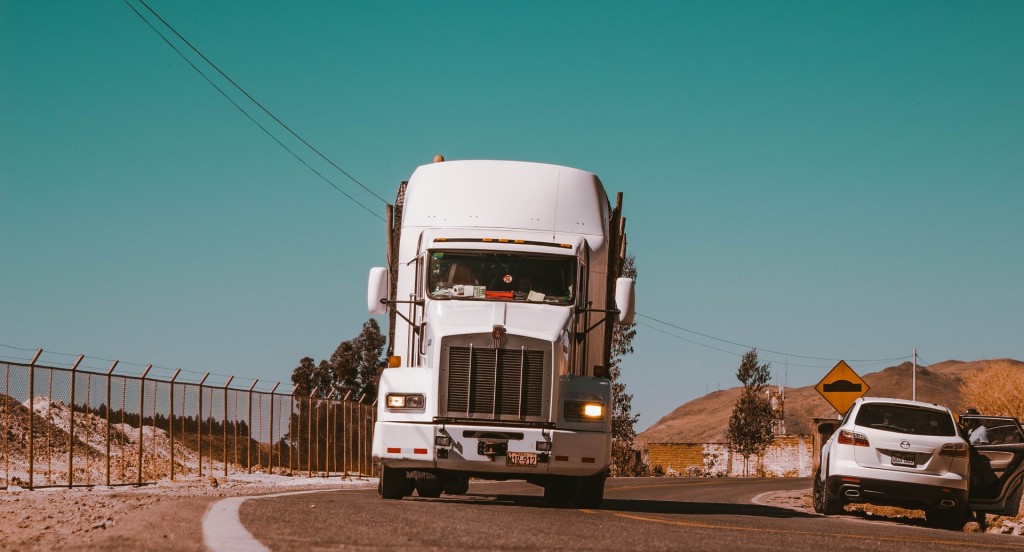Transportation is the most important commercial business which helps to earn high profits. It is the movement of humans, animals, and goods from one location to another. In this blog, we discuss the Types of transport or transportation modes. Here, you provide information about major modes of transportation which are highly used methods or ways of transportation.
Types of transport or transportation modes are a combo of networks, infrastructures, vehicles, and operations. These modes include walking, rail, the road transport system, modern aviation, and ship transport. Various modes of transport have emerged over time. There are five modes of transport which are listed below.
- Road transport
- Railway transport
- Water transport
- Air transport
- Pipeline transport
1. Road Transport
Road transport endures in all parts of the world, including the use of motor vehicles like cars, lorries, buses, bicycles, and trucks. There are different types of roads based on size and functions, and some roads are tarred while others are not. The modern roads are the best roads which connect major towns. Road transport is more flexible compared to other modes of transportation. It is almost more economical and faster. In addition, road transport has a huge potential for shipping goods over short distances. However, maintenance is one of the major limitations of this mode of transportation.
For better transportation systems there are several truck brands but for comfort driving customers choose pickup trucks because it provides durability.
2. Railway Transport
Railways were developed during the time of the industrial revolution in the 19th century. These were partially for political reasons and economic reasons. In several countries, they were developed primarily to understand isolated regions and help support political unity. The significant benefit of railway transport involves the provision of reliable services. It can move heavy and bulky goods. Also, it is very cheap, safe, and comfortable for passengers across a long distance.
3. Water Transport
Water transport is necessary because it is the most economical way of carrying heavy goods over a long distance. There are two essential types of water transport in the world, called Inland water transport and ocean water transport.
- Inland Water Transport – This is the system of transport that includes navigable rivers, lakes, and man-made canals. Numerous large rivers in various parts of the world are used by ships and barges for transportation. The main rivers where inland water transport is important are Rhine and Dambe in Europe, Zaire in Africa, the Nile in Africa, Mississippi in the USA, etc.
- Ocean Waterways – However, Ocean waterways provide a lot of the world’s trade. The majority of the heavy goods, materials, and passengers pass through ocean waterways from one country to another at the cheapest cost.
4. Air Transport
Air transport is the modern means of transport; it was begun in 1903 but progressed into full means of transporting goods and people in the 1930s. The most prominent air transportation began after the Second World War (WWII). This transportation mode is used for both domestic and international flights.
5. Pipeline Transport
This transportation system requires the use of hollow pipes to transport water, gas, crude oil, and petroleum. This transport mode is safer than using tankers or trailers in the transport of these liquids.
Other Modes of Transportation
- Animal-powered transport – It is mainly related to the beast of burden. It is the oldest means of transportation. The transport usually includes using animals to transport goods and people. Man can ride or harness some tall animals upright. Examples of animals used to transport humans and goods include camels, horses, donkeys, elephants, and giraffes. For transporting small livestock customers choose Atul Gem Auto for safety reasons.
- Human-powered transport – It is another form of transport, which involves people, goods or both transported from one place to another by using human muscle-power, in the form of walking, running and swimming. Modern technology has approved machines to take over human power. Human-powered transport remains famous for Cost-savings, leisure, environmentalism, and physical exercise. It is available in undeveloped or inaccessible areas.
- Spaceflight – It means to transport that goes from Earth’s atmosphere to outer space via spacecraft. While the best deal of research has gone into the technology, it is not commonly used to orbit satellites and conduct scientific experiments.
- Cable transport – cable transport is a broad class of transport modes with cables as the foundation for transporting goods or people, often in cable cars. The cable-driven or passive; items may move by pulling, sailing, sliding, or by drives within the object being transferred on cableways. That is another means of transport used in the mountains. The use of pulleys and balancing of loads going up and down are common elements of cable transport.
Each mode has its disadvantages and advantages for its role in the supply chain. The primary responsibility of logistics managers worldwide is to calculate what is the best approach for a specific shipment. Every factor comes into play: quantity, speed, distance, and cost. Which traits are essential to your company? Do you value cost over speed, quantity over price, quantity over distance, or vice versa? By knowing which approach is best for your company, you can make the necessary decisions to grow your business and build a winning supply chain.
If you want such an informative and interesting blog, stay tuned with us.
